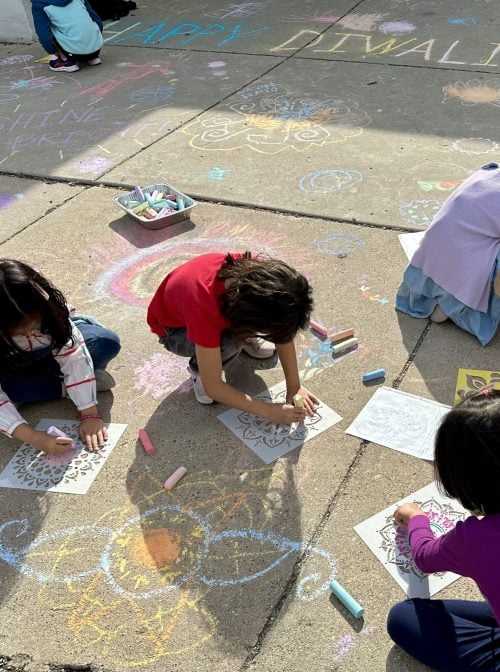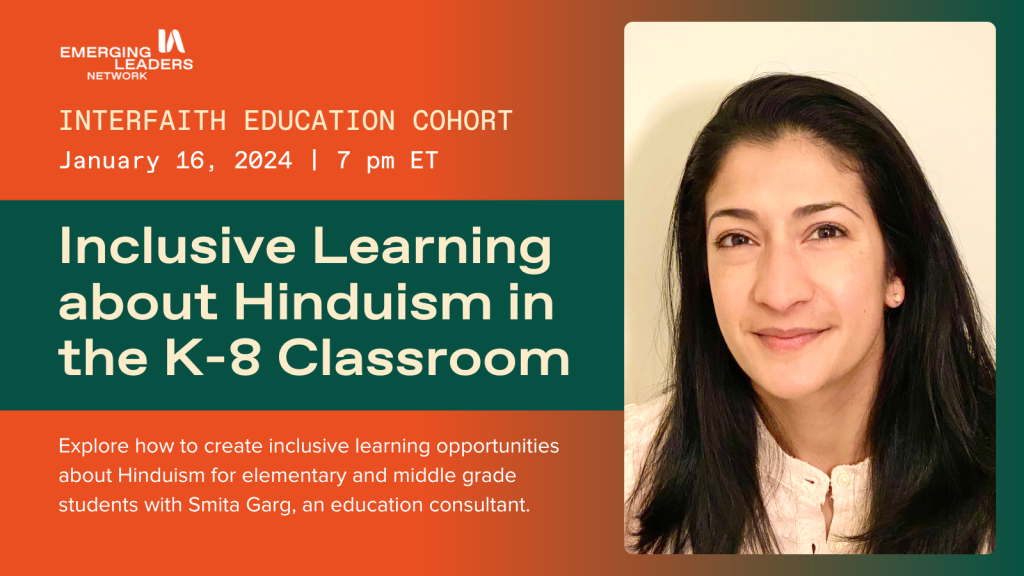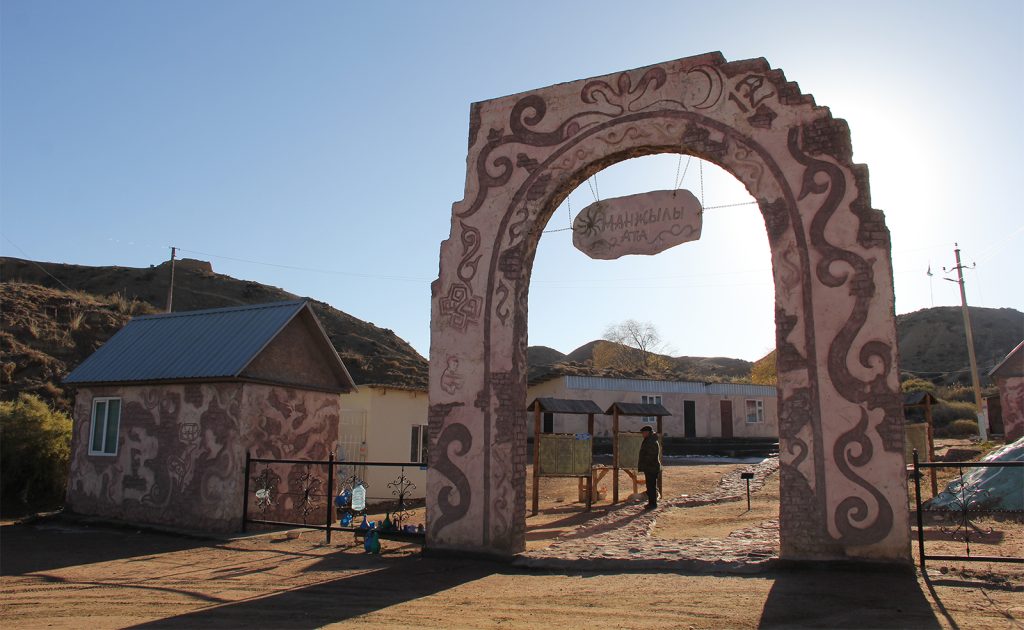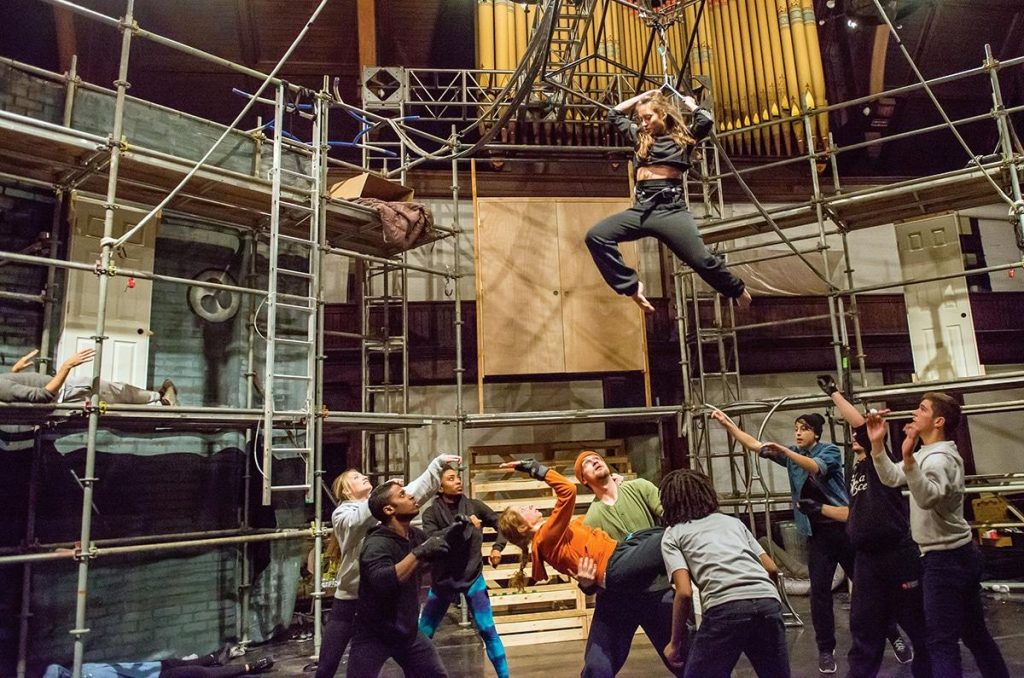Is it okay for students to learn about religion in an elementary or middle school classroom in America? Yes! Teaching about faith supports inclusive learning about religious diversity, builds empathy, and inspires compassion.
It differs from prompting students to engage in prayer, as may occur with family at home, at a faith-based school, or in a place of worship.
According to the National Council for the Social Studies, study about religions:
- Should be taught from an academic, non-devotional perspective;
- Extends to include the role of religion in history and society;
- Is essential at elementary, middle, and high school levels to lessen prejudice that otherwise results from religious illiteracy and
- “Is not only a characteristic of an educated person but is necessary for effective and engaged citizenship in an interconnected and diverse nation and world.”
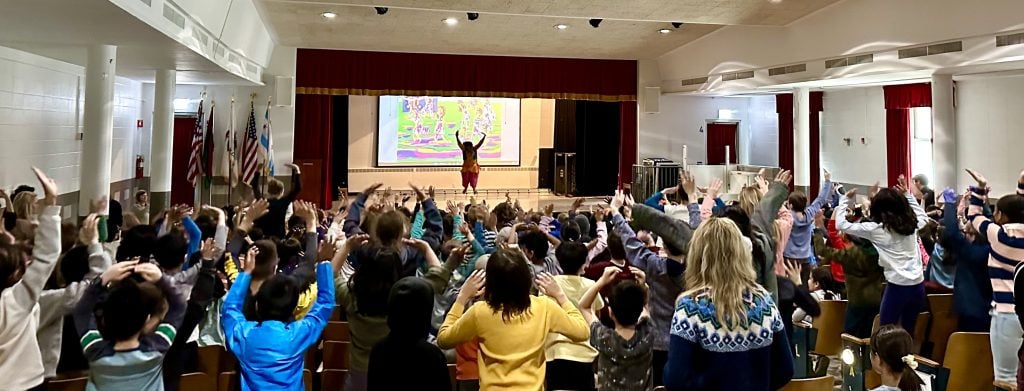
While this dedicated support at a national level is inspiring, it is essential to note the responsibility accompanying it– that it matters how we plan these learning opportunities about religions, communicate with families, and unfold them in the classroom. Educator training in the academic study of religion and a growth mindset of curiosity about culture are valuable assets for teachers. They help teachers build confidence and a strengthened skill set for their students.
Absence of Learning Opportunities
As a second-generation Indian American who identifies as Hindu, my school experiences excluded learning about my culture, in which religious behavior often was intertwined. Instead, the cultural identity of language, food, religious practice, and belief systems was molded to fit into evening or weekend time with family and a tight-knit community of friends that my immigrant parents enjoyed actively developing.
While I valued the comforting embrace of this community, navigating the distinct cultural divide between my Indian home and American school life was sometimes perplexing. Looking back, I wonder what learning opportunities I missed regarding my peers’ cultural identities in the classroom. I wonder how we might have connected differently with the incorporation of learning about religious diversity.
Next Steps
As I look towards the next generation of my two children and their peers, I plan to build upon knowledge of my religion as I learn alongside fellow educator colleagues from diverse backgrounds. Together, we can meet current social studies standards by sharing engaging, streamlined curricular pathways to expose students to learning about religions.
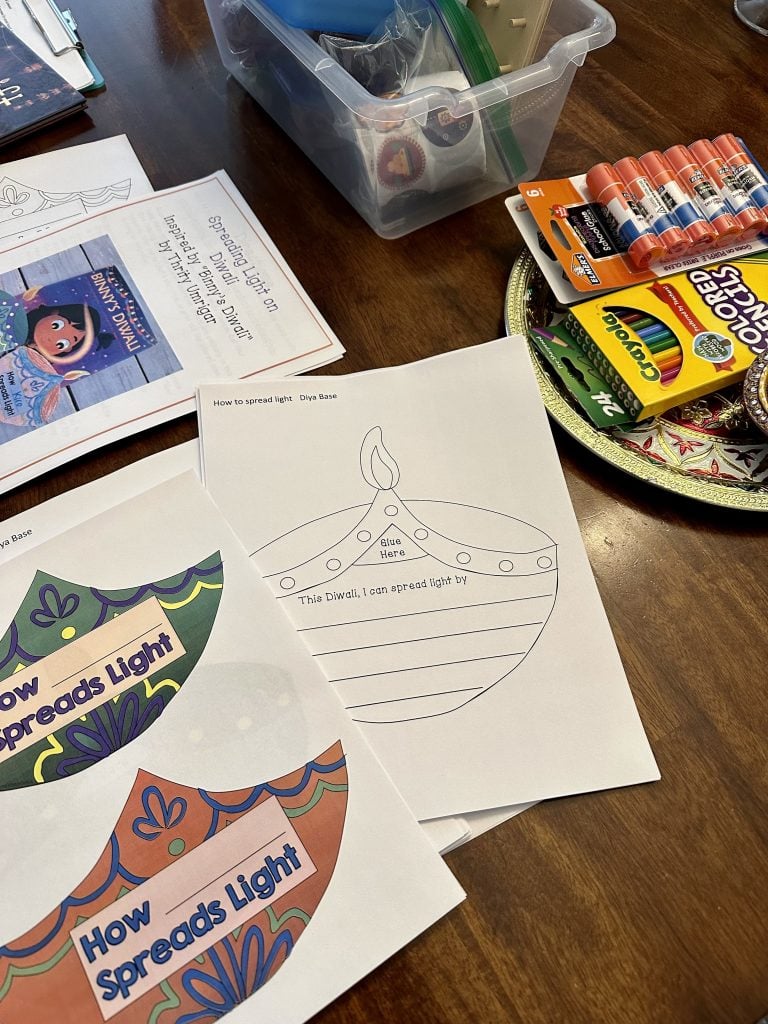
We can develop plans in a culturally sensitive way that considers students who religiously identify with the faith being studied and those who identify with another religion (or lack thereof). Acquiring background knowledge, thoughtful planning, balanced exposure to different religious cultures, inclusive language, and home-school communication are critical elements to learning about religion in the elementary and middle grades classroom.
Please join me on January 16 for an interactive virtual presentation to explore ways to weave in learning opportunities about religions, specifically Hinduism, in elementary and middle school classrooms. While this Interfaith America professional learning opportunity offers examples of how to teach about Hinduism, the same techniques of incorporating diverse themes into lessons may be applied to various religious identities.
Smita Garg is an education consultant specializing in diversity, equity, inclusion, and belonging. She supports K-12 educators by delivering training workshops and developing inclusive curricular resources, cultural appreciation lessons, and community-building school events. Smita draws upon her collective experience with classroom teaching, teacher coaching, and child psychology research. She enjoys connecting with others and mindfully approaches her work with educators from a position of empathy and a focus on growth, promoting personal reflection, learning, and unlearning to impact students positively.
